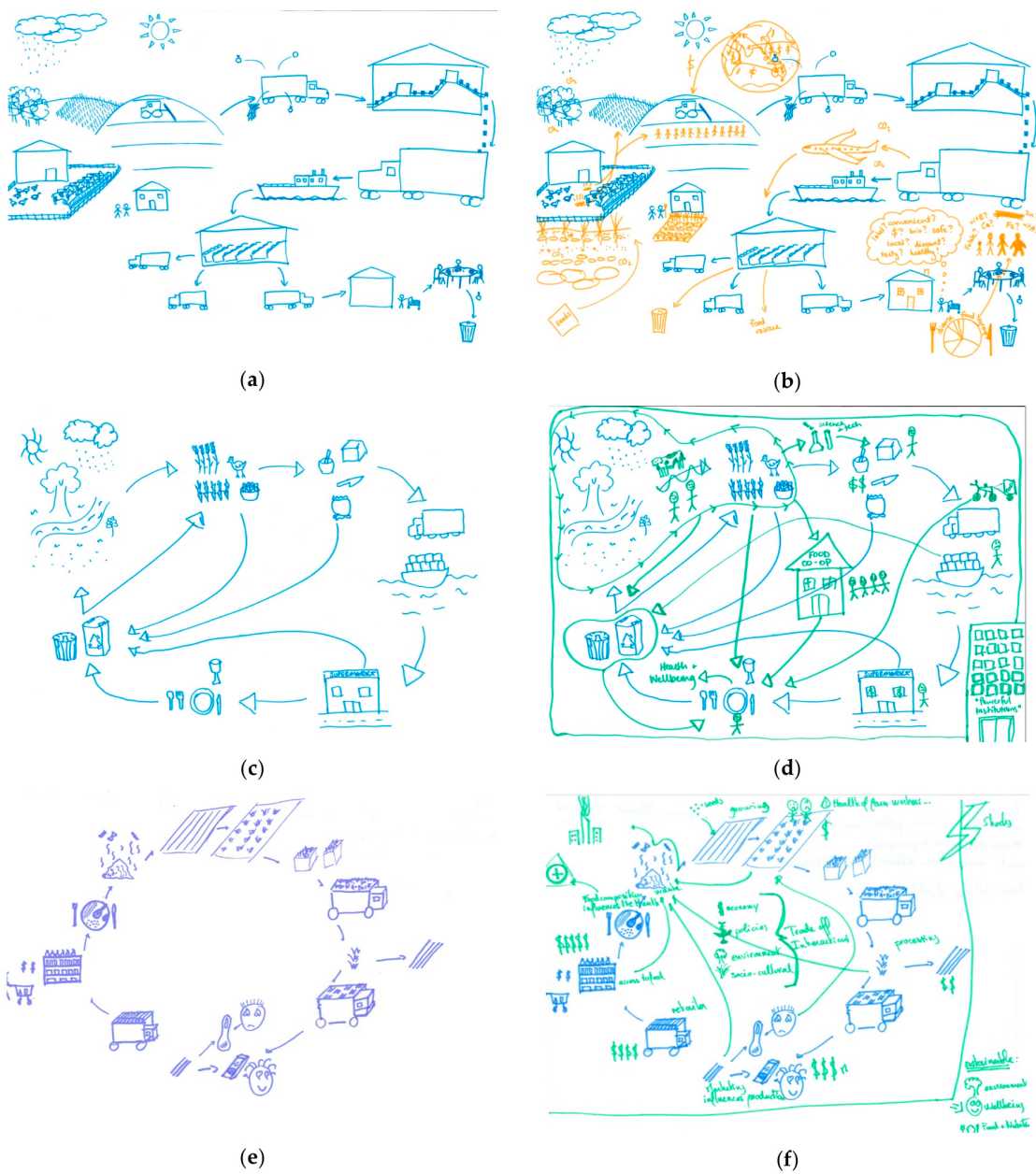The Rich Picture Method: A Simple Tool for Reflective Teaching and Learning about Sustainable Food Systems
In a recently published article, Michelle Grant, Anna K. Gilgen and Nina Buchmann present the rich picture method, and how it can be a helpful tool for both course participants and faculty.

The World Food System Center is pleased to share a new piece of research recently published by Michelle Grant, Anna K. Gilgen and Nina Buchmann in the journal Sustainability. The paper explores the use of the rich picture method as a simple tool for reflective teaching and learning about sustainable food systems. Specifically, it looks at the efficacy of the tool to identify the knowledge gained by participants as the result of the course. The paper concludes this is a very useful method that can be applied in a wide range of sustainability or complex systems education. The research is based on the use of an adapted Rich Picture method over the last three years of running the World Food System Summer School in different locations around the world. For more information please find the paper abstract and link to the full text below:
Abstract: The World Food System Summer School is an innovative two-week course that seeks to develop the knowledge, skills and attitudes of the next generation of decision makers to build sustainable food systems. Meaningful learning, where the participant is able to relate new information to existing knowledge, is a critical part of education about complex systems and requires the integration of reflective approaches to teaching and learning. We adapted the rich picture method in three summer schools in Switzerland, South Africa and Côte d’Ivoire (74 participants with 29 nationalities) to support the reflection of participants on their knowledge gained on complex food systems. Coding and comparing 51 pairs of pre- and post-course pictures of food systems clearly demonstrated newly gained knowledge: The number of sub-categories drawn significantly increased from 11 to 19 in the post-course pictures, the largest increase occurred for environmental sustainability (57%). The rich picture method is a highly valuable and simple tool to gain insight into how participants’ knowledge changes and where there are gaps in meeting the learning objectives. This is particularly useful within a highly diverse participant cohort, as it allows participants to discuss and reflect on their own learning experience in a personalized way. Additionally, the rich picture method provides insights for faculty to improve their approaches to teaching on food systems.